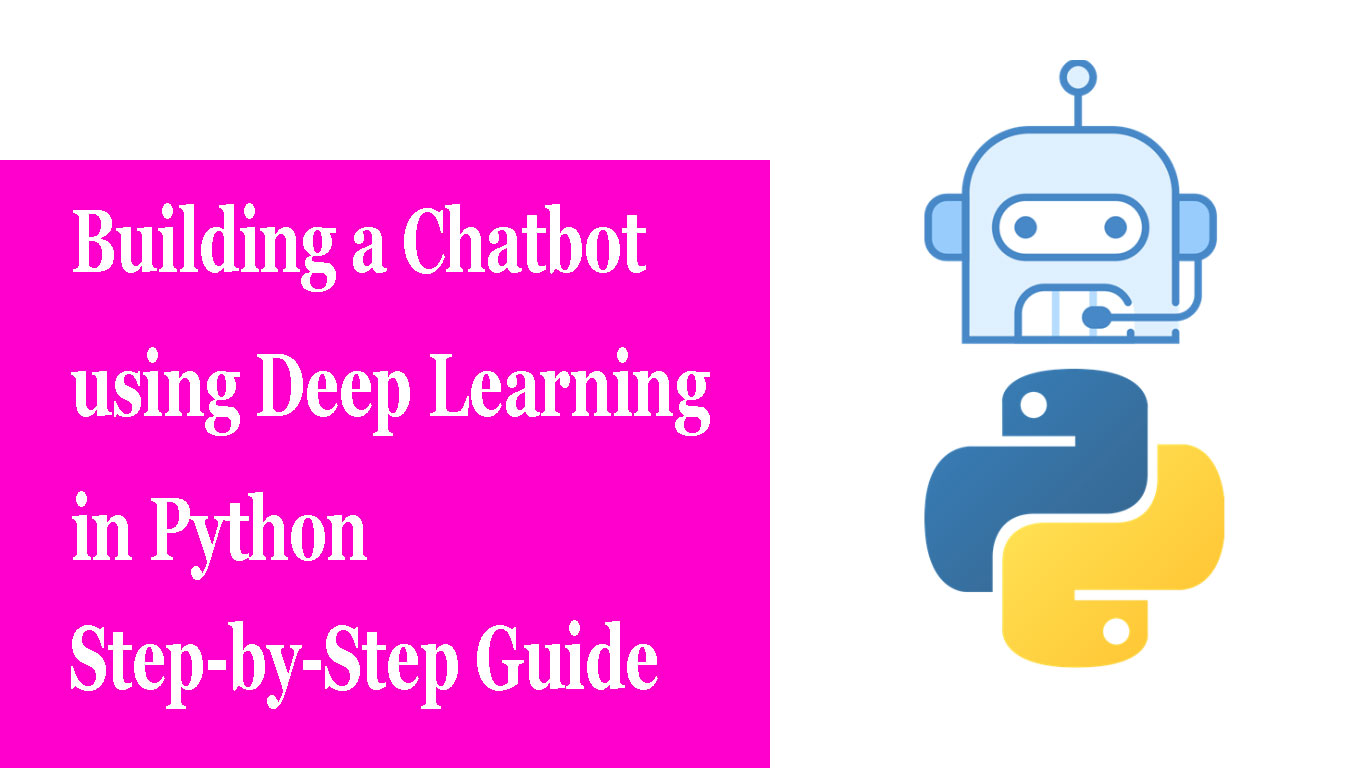
Chatbots have become increasingly popular in recent years, and their applications are diverse, from customer support to personal assistants. Building a chatbot using deep learning can help improve its ability to understand and respond to user queries.
In this step-by-step guide, we will walk you through the process of building a chatbot using deep learning in Python. We will use the TensorFlow library to train a neural network to recognize patterns in user queries and generate appropriate responses.
Here are the steps we will cover:
- Collecting and preparing data
- Preprocessing the data
- Building and training the model
- Testing the model
- Deploying the chatbot
- Collecting and preparing data: This involves collecting data that the chatbot will use to learn and generate responses. This could be in the form of conversation logs, customer support emails, or other relevant sources. The data needs to be cleaned and preprocessed to remove noise and prepare it for use in training the model.
- Preprocessing the data: In this step, we will tokenize the text data and create word embeddings. Tokenization involves breaking up text data into individual words or tokens. Word embeddings are vector representations of the words, which capture their meanings and relationships.
- Building and training the model: This step involves building a neural network model using TensorFlow. We will train the model on the preprocessed data using a deep learning algorithm such as a recurrent neural network (RNN) or a long short-term memory (LSTM) network.
- Testing the model: Once the model is trained, we will test it on a validation set to evaluate its performance. We will use metrics such as accuracy and F1 score to measure the model’s performance.
- Deploying the chatbot: Once the model is trained and tested, we will deploy the chatbot so that it can be used in real-world scenarios. This could involve integrating the chatbot into a website or a messaging platform such as Facebook Messenger or WhatsApp.
